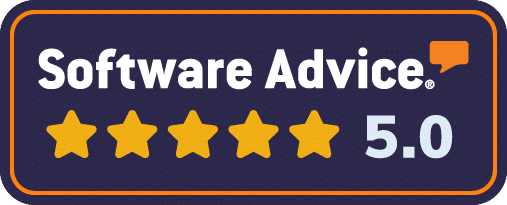Trust & Anonymity in 360 Feedback: How to Build Confidence in the Process
When done right, 360 feedback is one of the most powerful tools for leadership development and organizational growth. But when employees doubt whether their feedback is truly anonymous, the process breaks down. Instead of honest insights, you get guarded responses—or worse, disengagement.
This article tackles the most common concerns around anonymity in 360 surveys, how to address them, and how organizations can build a culture of trust where feedback actually drives change.
Why Trust Is the Cornerstone of 360 Feedback
The purpose of 360 feedback is to collect candid input from peers, direct reports, and managers. But if participants fear their responses can be traced back to them, the system loses credibility.
- Without trust → low participation, surface-level answers, and resentment.
- With trust → meaningful feedback, higher engagement, and actionable insights.
Bottom line: anonymity isn’t a “nice to have”—it’s non-negotiable.
The Most Common Concerns About Anonymity
Employees and leaders often share similar worries, such as:
- “Will my manager see my individual comments?
- “If my team is small, won’t they know it’s me?”
- “Can HR trace my responses?”
- “What if my honesty impacts promotions or pay?”
These fears are valid. Dismissing them only breeds more skepticism. Instead, organizations should address them openly and with transparency.
How to Ensure 360 Feedback Remains Anonymous
1. Aggregate Results, Don’t Single People Out
Never present individual ratings or comments in isolation. Group responses together (e.g., “Direct Reports” as a category) to maintain confidentiality.
2. Set Minimum Rater Thresholds
A best practice is to require at least 3 respondents per category (e.g., peers, direct reports) before displaying results. This prevents one person’s feedback from being identifiable.
3. Communicate Anonymity Clearly Upfront
Explain in simple terms how anonymity works. Share FAQs, walkthroughs, and even sample reports so employees know what to expect.
4. Use a Trusted Third-Party Platform
Internal spreadsheets or email surveys raise doubts. A secure platform like G360 Surveys provides a buffer, ensuring feedback isn’t filtered through HR or managers directly.
5. Train Leaders on How to Receive Feedback
If leaders retaliate—or are perceived to retaliate—trust collapses. Train managers to accept feedback with openness, humility, and curiosity.
How to Build a Culture of Trust Around Feedback
Ensuring anonymity is step one. But long-term trust requires ongoing reinforcement:
- Transparency: Share how the data will be used (development, not punishment).
- Follow-Through: Show employees that feedback results in tangible action, not empty reports.
- Leadership Modeling: When senior leaders actively request and act on feedback, it normalizes the process.
- Ongoing Communication: Remind employees regularly about the safeguards in place—not just once at rollout.
Sample Language to Build Confidence
Here’s wording you can adapt in your own communications:
“Your feedback is 100% anonymous. Results are only reported in aggregate, and no individual scores or comments will ever be shared. Our goal is to use your input to help leaders grow—not to evaluate or punish. Honest, constructive feedback is essential, and your trust is our top priority.”
The Payoff of Getting Anonymity Right
When employees believe their voices are protected, they give you:
- Candid insights into blind spots
- Rich, actionable feedback leaders can actually use
- Higher participation rates and long-term engagement
Organizations that invest in building trust don’t just get better survey data—they build stronger, more resilient cultures.
Conclusion
360 feedback can either strengthen trust—or damage it—depending on how anonymity is handled. By proactively addressing concerns, setting safeguards, and communicating clearly, you create an environment where employees feel safe to speak honestly. And that’s where the real growth happens.
👉 Ready to implement a trustworthy 360 feedback process in your organization? Learn more about G360 Surveys and see how our platform protects anonymity while delivering meaningful results.


